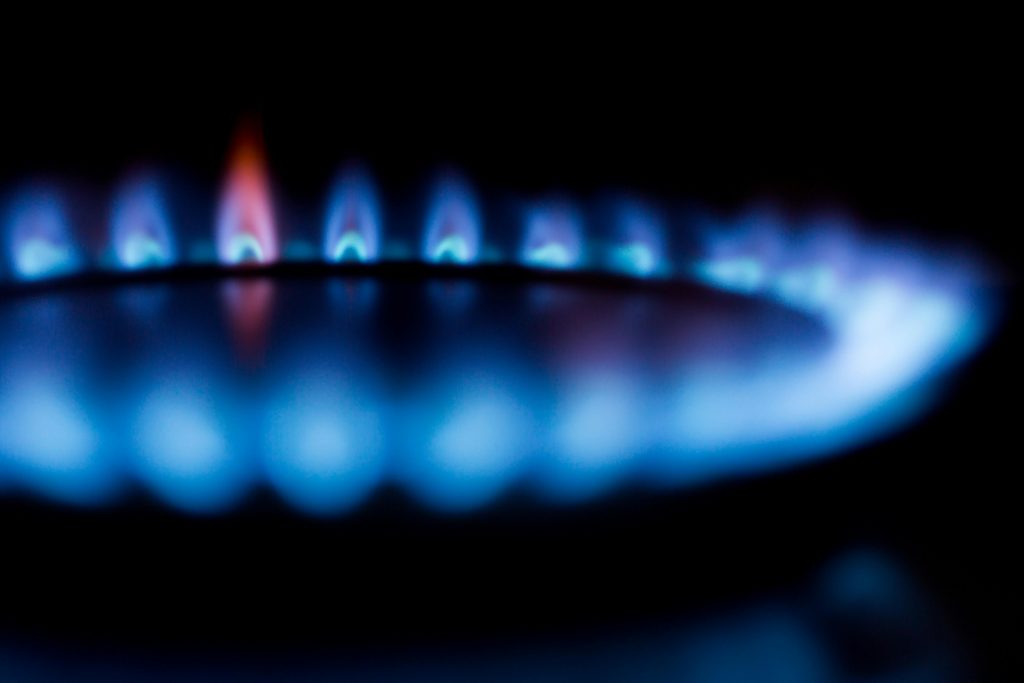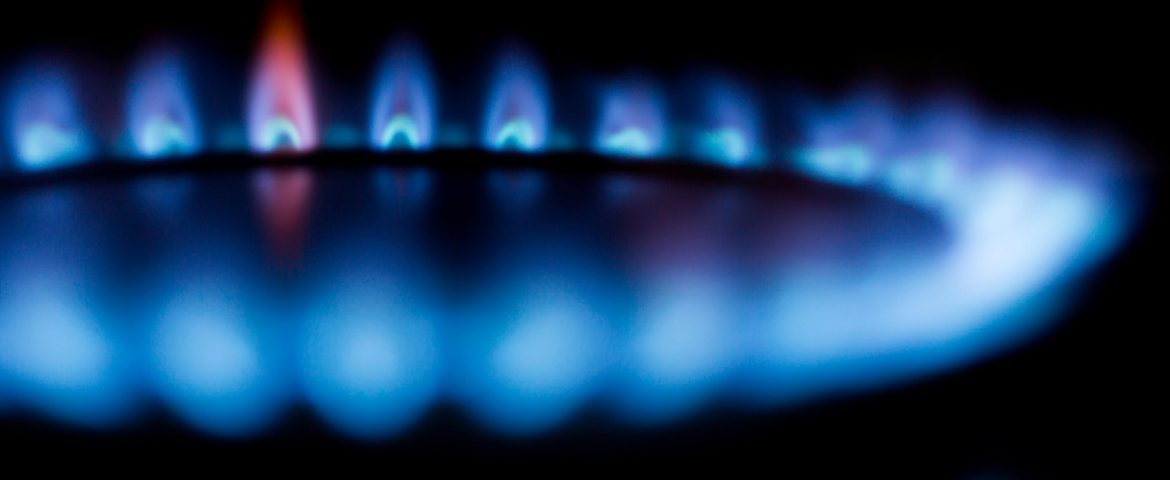Unquestionably, cooking gas is still fast, efficient, and very reliable for households. However, improper use can have the downside of wasting gas and causing more expenses. When gas prices are volatile, keeping knowledge about how to save gas while using Liquefied Petroleum Gas (LPG) will be a double benefit in saving money and reducing the environmental impact. Here, we will discuss simple ways to enhance gas-use efficiency in the home.

1. Cookware Selection
The type of pots and pans used can hugely affect gas consumption. Here is what you should consider:
- Use flat-bottomed cookware for increased heat conduction and less cooking time.
- Using lids will save energy as they will trap heat and cook food faster.
- Warped pots and pans are to be avoided as far as possible so as not to waste heat and keep cooking for prolonged hours.
2. Cooking Method Optimization
Your cooking habits will affect your energy consumption. Here are a few steps to use less gas:
- Prep your ingredients before switching on the gas. Pre-cut vegetables, measure your spices in advance, or marinate the meat way earlier.
- Adjust your flame to size. A high flame may look faster but will often waste energy. Go with a flame that is fitting for your pot size.
- Switch off the gas a couple of minutes prior to the actual cooking time. Many dishes can be cooked with the residual heat left on a pan and that much gas need not be spent.
3. Cleanliness of the Burners and Gas Equipment
Dusting gases provide low efficiency and high consumption. Follow the guidelines given below for maintenance:
- Burner holes should be cleaned from time to time to ensure proper flame distribution.
- Regulatory mechanisms for gas equipment leakages should be checked all the time to prevent wastages and threats.
- Keep regulators and hoses in good repair. Broken gas accessories can create leakage and cause obstructions in combustion.
4. Bulk Cooking
Cooking in bulk will enhance time scheduling and save gas. Bulk cooking presents a better alternative than:
- Cooking majorly as an event within the week.
- Re-heating should be performed as much as under the microwaves as possible; avoid using gas.
- Pressuring is the ideal cooking method for the ingredients that take time to prepare, as it very much shortens the cooking time.
5. Go For Energy-Efficient Gas Stove
The gas stove is an energy-saving stove nowadays. While buying a stove:
- Always choose a highly rated energy-efficient stove.
- Choose blue flames as efficiency indicators; yellow or orange ones indicate unburnt combustibles.
- The automatic ignition gas stove prevents gas leakage from manual ignition.
6. Minimize Heat Loss
Heat loss minimization allows for better energy efficiency:
- Ensure all windows or doors are closed during cooking to limit heat escaping.
- Use insulated cookware so heat loss cannot affect the final cooking temperature.
- Use smaller cooking utensils for small meals since larger utensils require more time to heat up.
Conclusion
With a few tweaks in your cooking behavior and rigorous servicing of your gas equipment, it’s possible to get deep cuts into gas wastage and savings. The tips will not only help in saving money but must be looked into for sustaining an environmentally friendly cooking gas usage alternative. Congratulate yourself for implementing these strategies!

